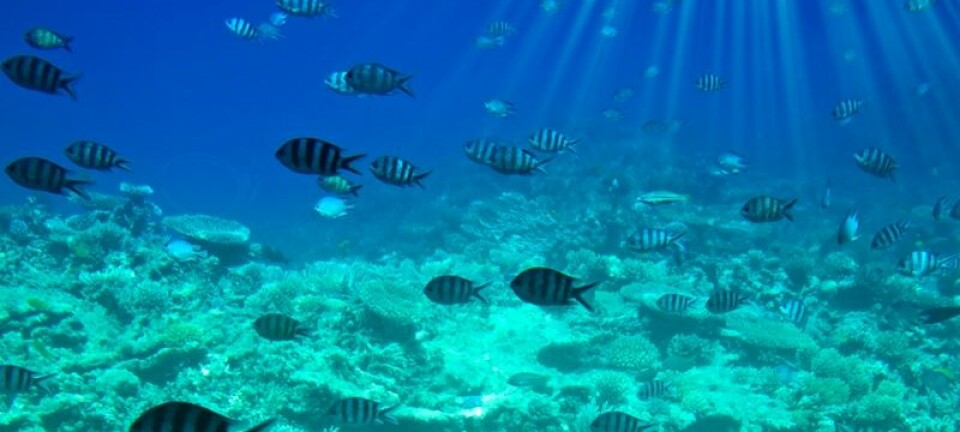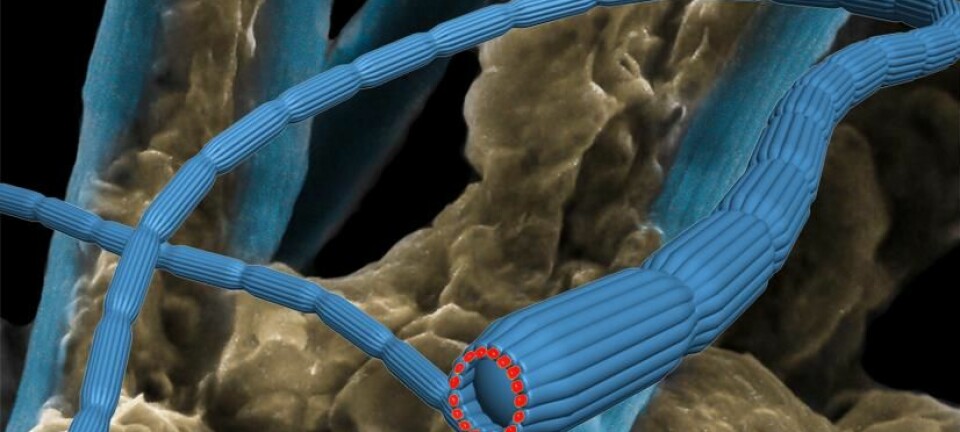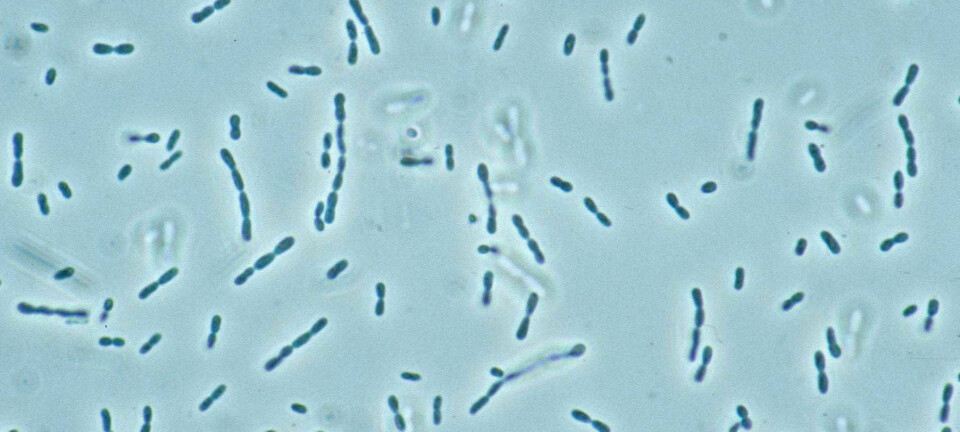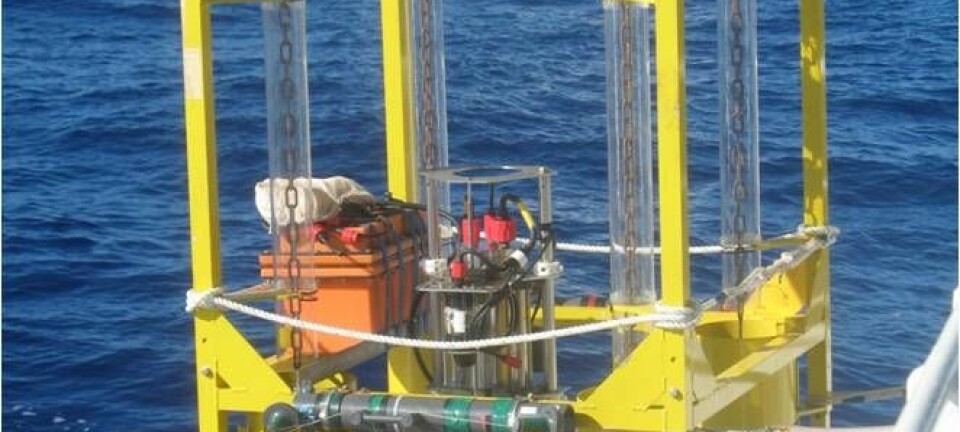
Overlooked life on seabed gorges on fish faeces
Bacteria are not the only organisms that feed on dead plankton and fish faeces. The so-called ‘archaea’ also play an important – and hitherto overlooked – role in carbon cycling in the seabed.
When fish defecate, the faeces sift down to the seabed as some kind of ‘sea snow’. Down at the bottom of the sea, bacteria stuff themselves with this organic material sifting down from above.
In this way the bacteria ensure that the organic molecules from what used to be animals and algae are reintroduced into the planet’s carbon cycle.
But bacteria are not alone in the seabed. They share space with single-cell organisms known as archaea (see factbox), which make up one third of the Earth’s microorganisms and account for a large share of the microorganism in the seabed.
Danes shed light on archaea
Scientists know that certain groups of archaea convert the organic matter sifting down from above into methane, but many of the other archaea have so far had an unknown function in the seabed.
But a new study now sheds light on this mystery:
Our research shows that the archaea play a key role in the degradation of proteins in the seabed.
”There are groups of archaea in the seabed that outnumber all other microorganisms in the marine sediment,” says co-author Lars Schreiber, a postdoc at Aarhus University’s Center for Geomicrobiology.
“They do not produce methane, and up to now we haven’t had the faintest idea what they’re actually doing down there. But our research shows that the archaea play a key role in the degradation of proteins in the seabed.”
Does not affect the carbon cycle
Since 70 percent of the Earth’s surface is below sea level, it is of great interest to scientists to find out what ultimately happens to dead organic matter in the oceans.
Is it stored in marine sediments indefinitely, or is it picked up by microorganisms and reintroduced into the Earth’s carbon cycle, which is the constant biochemical cycle of carbon between land, sea and air?
Researchers have so far believed that bacteria in the sediment were the only microorganisms that reintroduced carbon into the global carbon cycle. But the new study reveals that the bacteria are actually stealing some of the limelight from the archaea, which also gorge on the dead fish and algae.
“This doesn’t really change our understanding of the balance of the carbon cycle,” says Schreiber. “The dead organic matter is still buried in the seabed. But our findings change our understanding of what happens to the organic matter in the seabed.”
Studying the archaeal genome
In the new study the researchers studied the genome of archaea samples taken from the seabed off the coast of the Danish city of Aarhus.
In most respects, these archaea are identical to those found everywhere else on the planet.
Surprisingly, the researchers found that the archaea had genes for protein-degrading enzymes (proteases), which the microorganisms secrete into the seabed.
“The study of the archaea tells us something about their metabolic capacity. This is the first time anyone can demonstrate that the archaea have proteases that can be secreted into the immediate environment and can thus contribute actively to the degradation of organic matter in the seabed. Since archaea are so abundant in the seabed, it’s incredibly interesting to finally figure out their function in the seabed, and thus also how they affect the global cycle.”
Single cell genomics
For many archaea, it takes years to multiply, which makes it impossible for scientists to cultivate sufficient amounts of them in the laboratory for normal gene sequencing purposes.
To overcome this obstacle, the researchers used a new technique known as single cell genomics, which has only been around in the past five to ten years.
As the name suggests, this technique allows researchers to study the genetic structure of a single cell.
”This is the first time that single cell genomics is used on microorganisms from the seabed,” says the researcher.
“That means it’s also the first time that we can get a glimpse of what the archaea are actually doing down there and what their ecological role is. This makes it much easier for us to understand the important role that bacteria and archaea in the seabed play in the global cycles.”
--------------------------
Read the Danish version of this article at videnskab.dk









